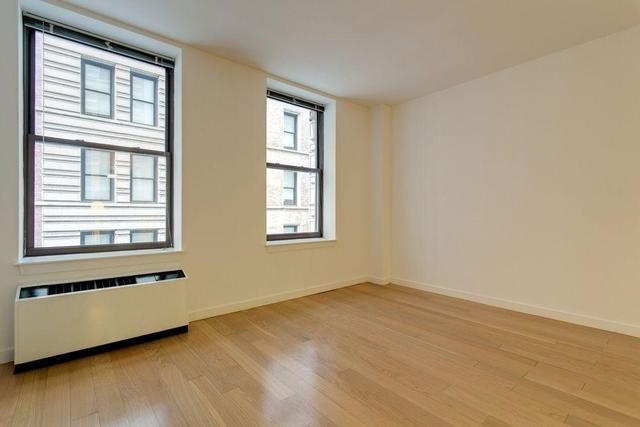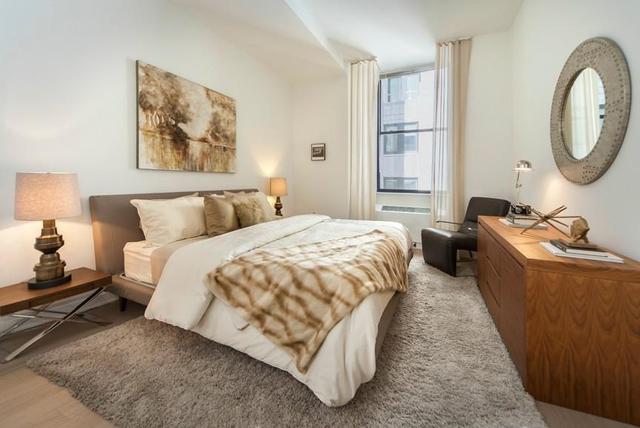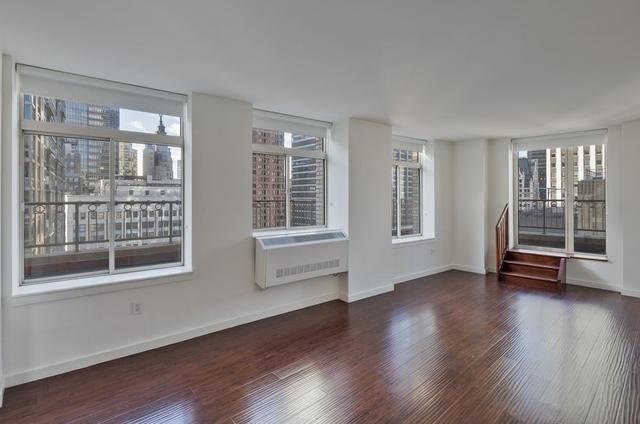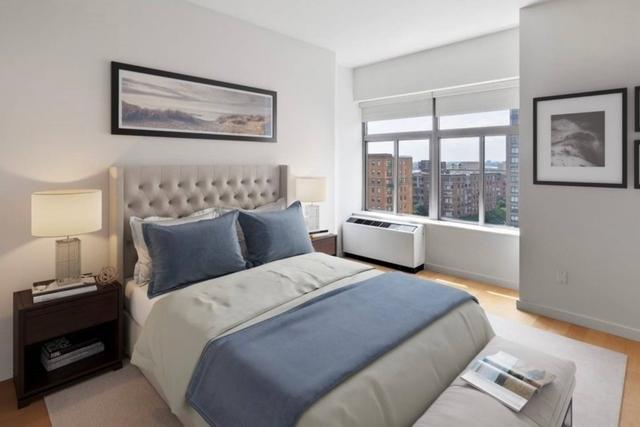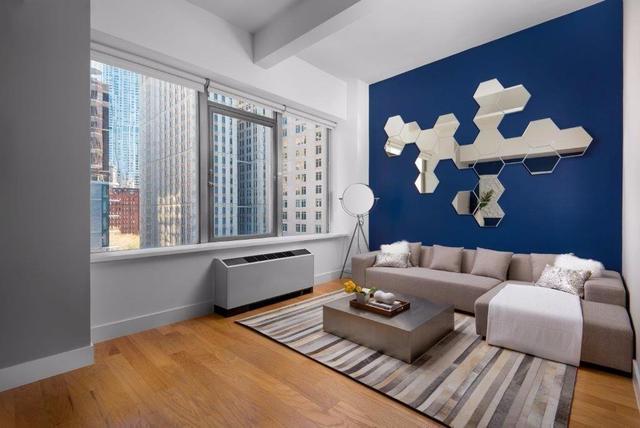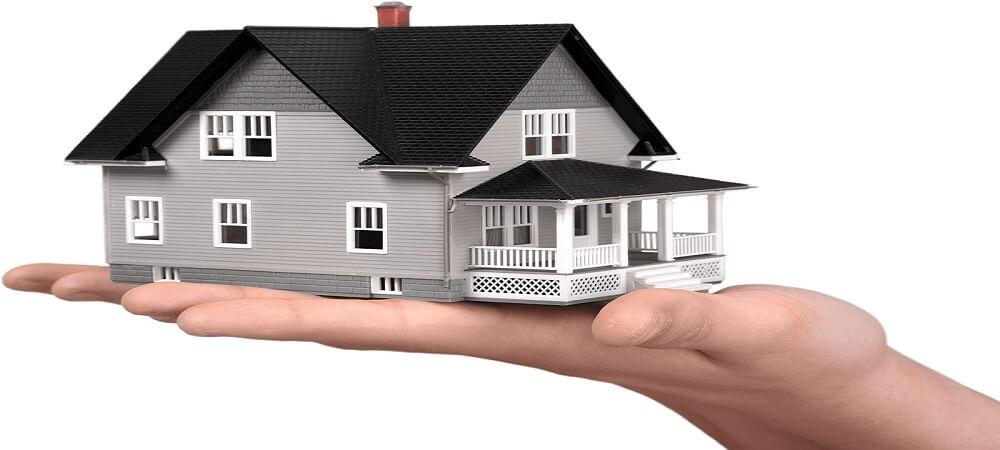
What Is a Multigenerational Home – A Complete Guide
By: ROS Team
Multigenerational living is on the rise, with nearly four in ten men ages 25 to 29 living with older relatives. This trend has dramatically increased over the past five decades, with the number of people in multigenerational households quadrupling from 1971 to 2021, reaching nearly 60 million.
As more families embrace this lifestyle, understanding what a multigenerational home is and how it works has never been more important. This guide will walk you through everything you need about multigenerational homes, from their benefits to their challenges.
What Is a Multigenerational Home?
A multi-gen home, also known as a multigenerational home, is a residence where family members of various generations live together. It might include grandparents, parents, children, and even great-grandchildren. These homes are designed to accommodate different ages within a family. They have separate areas for living and some shared spaces. The goal of multi generation homes is to bring the family together.
Who Lives in a Multi-Gen Home?
Who lives in a multigenerational home depends on several factors:
- Age: 40 and under, men more likely, women more likely after 40.
- Race and Ethnicity: Asians, Blacks, and Hispanics are more likely to live in a multi-gen home than White Americans. 24-26% of Asian, Black, and Hispanic Americans lived in a multi-gen home in 2021, and 13% of White Americans.
Some multigen homes might also include great-grandparents (Ages 80+) or adult children with their own families (Ages 25-40), thus leading to a further spread of ages within the family.

How Do Multigenerational Homes Work?
Multigenerational homes work by housing multiple generations like grandparents, parents with their kids together under the same roof. These homes are designed in such a way that every member of the family is comfortable and content, both in shared spaces, such as kitchens and living rooms and in personal spaces, such as bedrooms or separate suites for privacy.
What Is an Example of a Multigenerational Home?
Let’s see an example:
The Smiths live in a multigenerational home. John and Linda Smith, the grandparents, live in one wing of the house with their own bedroom, bathroom, and small living area. Their son Mark lives in the main part of the house with his wife Sarah and their two kids. There are two kitchens, one in each section, and separate entrances for privacy.
John has the most stable income and best credit, so the mortgage is in his name. He pays the mortgage, and Mark and Sarah pay the utility bills and groceries. This way, both generations feel financially secure.
The grandparents help out by watching the kids after school so Mark and Sarah can work full-time. They also help with school pickups and occasional doctor visits. In return, Mark and Sarah do the household chores that are physically hard for John and Linda to do, like yard work and heavy lifting. Sarah cooks dinner for everyone a few times a week, and the kids help their grandparents with technology and drive them to appointments when needed. This setup creates a support system and improves everyone’s quality of life.
Why Multigenerational Housing Is Making a Comeback?
Multigenerational housing is making a comeback for several key reasons:
Financial Benefits: According to Pew Research, living in a multigenerational household helps buffer against poverty by sharing expenses like housing, utilities, and food. This arrangement provides financial stability for all family members.
Caregiving Support: About a third of U.S. adults in multigenerational households cite caregiving as a major reason for their living arrangements. This includes 25% who provide care for aging adults and 12% who focus on childcare. Living together makes it easier to support each other across generations.
Positive Experience: Many Americans find the experience of living in a multigenerational home to be positive. Pew Research shows that 30% of adults in these households describe the experience as very positive, while another 27% view it as somewhat positive. This suggests that the benefits of living together often outweigh the challenges.
Benefits of Multigenerational Living
1. Shared Expenses
Living in a multigenerational home helps offset major costs like loans, utilities, and insurance. When several generations contribute financially, these expenses are distributed, making it more affordable for all. For example, grandparents might cover the loan while parents handle the utilities, and this common approach would palliate the anxiety of money.
Moreover, when grandparents are at home, the parents save on the constant babysitting problems since the grandparents take care of the kids, allowing the parents to work or deal with other responsibilities without incurring extra expenses for caring for the children.
2. Flourishing Family Ties
Cohabitation strengthens the relationship between grandparents and grandchildren. The constant presence of grandparents in their grandchildren’s lives provides an opportunity to share wisdom, experiences, and customs. This relationship cultivates a deep feeling of connection and belonging in both of the generations.
Kids benefit from the extra affection and attention, whereas grandparents enjoy seeing their grandchildren grow. These encounters transform family life and become remarkable pillars of remembrance.
3. Keeping Your Family Safe
Living in a multigenerational household can improve family safety, especially in health emergencies. Having everyone under one roof allows someone to provide immediate assistance if a grandparent falls seriously ill or needs urgent care. This proximity ensures that help is always available, minimizing the risk of delayed medical attention.
4. Shared Responsibilities
In a family that includes several generations, sharing each member’s roles helps manage the entire household. Various tasks such as cooking meals, cleaning, and maintenance can be shared among family members to reduce the burden on everyone.
Take for example a scenario where grandparents may help with food preparation while parents are the ones to do the yard work, then kids will assist in the house chores such as the laundry or taking care of their younger siblings.
Drawbacks of Living in a Multigenerational Home
1. Less Privacy
Privacy can be a major downside due to the different generations living together in a single place.
2. Noisier Home
A larger space results in more people and more noise making it chaotic thus making finding a relaxed time difficult at home.
3. Family Conflicts
With all the family members under the same roof, many things can cause disagreements, such as sharing spaces and responsibilities.
4. Caregiver Burnout
Nurturing children or elderly parents requires lots of care and sometimes leads to exhaustion due to extra responsibilities given to caregivers.
5. Cramped Living Arrangements
Due to space limitations, the house may feel overcrowded, leading to discomfort and potential tensions.
6. Differences in Cultural Values
Misunderstanding and disagreement over lifestyle preferences and values happen often due to generational and cultural differences.
Multigenerational Living House Plans
Multigenerational living house plans are designed to accommodate many generations under a single roof while providing privacy and shared spaces.
Here are typical features of these arrangements:
Separate Living Spaces: Each generation must have its exclusive space for comfort and privacy. This usually ensures separate bedrooms, bathrooms, and living areas.
Shared Common Areas: Designate spaces for family activities, such as the kitchen, dining room, and living room, to encourage interaction and shared experiences.
Accessibility: Ensure the home is accessible for all generations, especially those with mobility limitations. Consider ramps, wider doorways, and grab bars.
Flexibility: The house can be designed with flexibility in mind to meet changing needs over time. For example, a guest room could be converted into a home office or a room for a grandchild.
Privacy and Independence: While it is helpful to have a gathering place for the family, it is also necessary to maintain one’s privacy and independence. This can involve things like separate entrances and private courtyards.
Popular Multi Gen Homes Styles:
- Single-Story Homes: These can be more accessible for older adults and reduce the risk of falls.
- Dual-Occupancy Homes: This design features two separate living units under one roof, providing both privacy and shared amenities.
- Granny Flats: A detached or attached unit with its own kitchen, bathroom, and living space is ideal for aging parents or adult children.
- Multi-Story Homes: For larger families, multi-story homes can offer ample space and privacy.
Tips for Making Multi-Generational Living Work
- Create Separate Living Spaces: Define a comfortable, private space within the home for every generation to promote relaxation and the feeling of security.
- Accessibility: Adapt the home in favor of all ages, including ramps, grab bars, and wide doors for older family members.
- Discuss and Establish Boundaries: Become engaged in discussions about your personal limits, such as the scheduled quiet hours and the areas agreed on for privacy, which would help in preventing any conflicts while promoting a harmonious living arrangement.
- Discuss Expectations: Make sure everyone in the household clearly understands the specific tasks expected of them, covering monetary contributions and daily routine details.
- Respect Each Other’s Space: Become aware of the requirement for privacy and alone time, even in a communal setting.
- Talk About Household Chores/Work: Set out clear rules for sharing household duties that require everyone’s input so that everybody is responsible for the upkeep of the home.
- Embrace Intergenerational Bonding: Foster the generation-blending activities to enhance robustness in family relationships and foster inter-generation understanding.
- Communication Is Everything: Establish clear communication channels to address issues early and build trust in the relationship.
Is a Multigenerational Home Right for You?
Whether a multigenerational home is right for you depends on several factors, including:
- Your Family Dynamics: Do you have close relationships with extended family members? Are there elderly relatives who need care or young children who require supervision?
- Your Lifestyle: Do you enjoy spending time with family? Are you comfortable sharing living space and responsibilities?
- Your Financial Situation: Can you afford the additional costs associated with a multigenerational home, such as utilities, food, and maintenance?
- Your Cultural Background: Are you familiar with multigenerational living arrangements and comfortable with the associated cultural norms?
Ultimately, the decision to live in a multigenerational home is a personal one that should be based on one’s individual circumstances.



